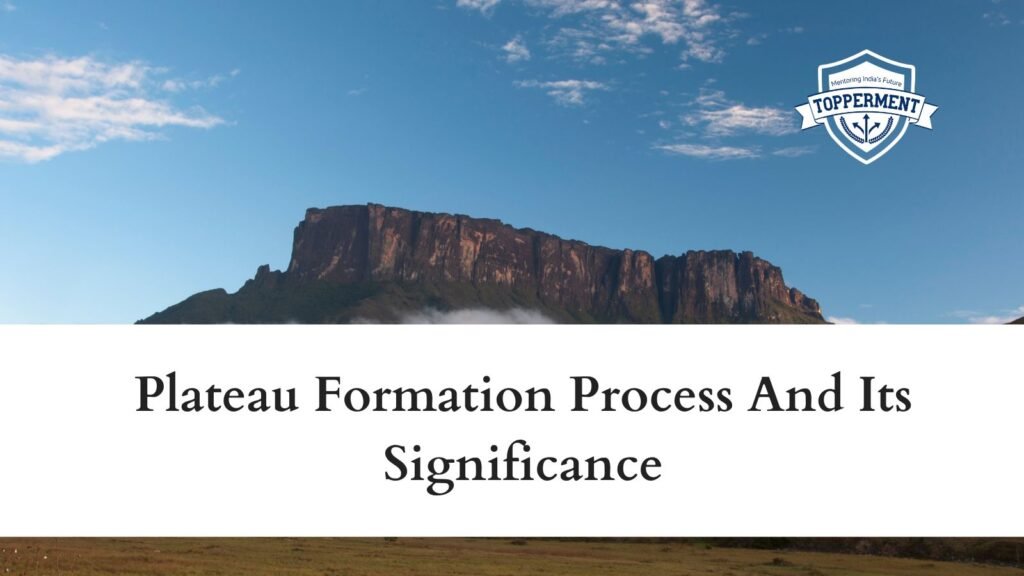A Plateau is a flat or raised landform that rises above the surrounding area. It is formed due to various geological process such as uplifting and erosion. The uplifting process involves the movement of tectonic plates, volcanic activity, and isostatic rebound. Erosion is the process of wearing away of rocks and soil by natural forces such as wind, water, and ice.
The process of plateau formation starts with the uplifting of the land, that is followed by erosion. The elevated land is exposed to various weathering and erosional forces that work to shape the surface of the plateau over time.
The significance of plateaus lies in their ability to support human and animal life. They have abundant natural resources such as minerals, water, and fertile soil. These resources makes plateaus more attractive to human populations, who often establish settlements, and agricultural land in these regions. They provide scenic beauty, and recreation opportunities, making them popular tourist destinations.
Plateaus are important landforms that are shaped by a combination of uplifting and erosion processes. They play a significant role in supporting human and animal life, as well as providing natural resources and recreational opportunities. They help in preserving and managing these unique and valuable landforms.
Also Read
- Problems Faced by Babur After the Battle of Panipat | UPSC History
- Procedure Established by Law | UPSC Polity
Follow Us For More Content On:
https://www.instagram.com/topperment/
Tag:Animal Life, Erosion Process, Geography, Human, IAS, IFS, India, IPS, IRS, Land, Landforms, Natural Resources, Plateau Formation, Plateaus, Recreational


